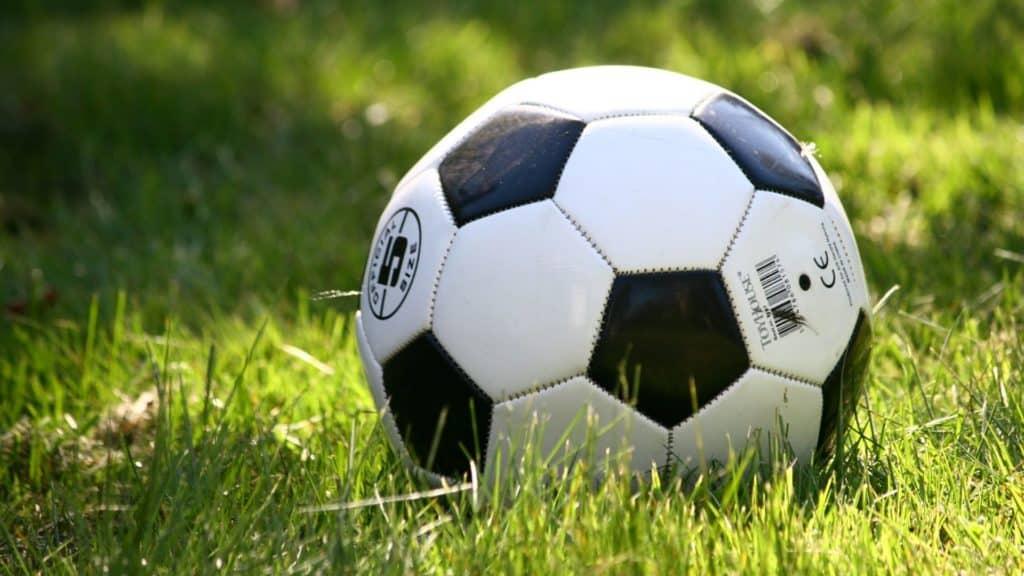By: Dr. Debbie Rhea, 2012
My week has been full of many different facets of experiences related to the Finnish educational system. I started off Monday observing in a traditional grades 1-6 school, Tuesday and Wednesday at a grades 1-9 school, Thursday at Espoo with the preschool children in the forest, and today I was at the Finnish Sport Federation site. What a week of observation and learning!
Before today, I didn’t really understand what the Finnish Sports Federation (FSF) represented for Finland. In the U.S. we have so many different elements related to sport from pee wee programs, to youth sport programs, to competitive school athletics, to the university athletic programs, club teams at the preadolescent through college levels, adult sport leagues, and finally professional sports. They are not all under the same umbrella. In Finland, they are. The FSF is multifaceted. Their main goal is to connect sport and physical activity to the community across the lifespan. They believe everyone should have the opportunity to exercise and do sports from all angles. The FSF, in partnership with the Finnish Broadcasting Company (YLE) for over two years, shared an objective to find new techniques both for activating those who have not exercised and enhance a sense of community through physical activity and sport. What came of this was Vision 2020 which states that the “Finnish will be the most physically active sports nation in the world.” They feel their role is to be the leader and coordinator of the many collaborative groups who will make this possible: Professional sports teams, The Finnish Olympic Committee, Finnish Paralympic Committee, and sector-specific groups (children, youth, adults). The communications director for the Finnish Sports Federation, Eila Ruuskanen-Himma, published an article stressing that in order for the Finnish people to become the most physically active by 2020, they are going to have to focus more on different lifestyles to capture the interests of the community. These lifestyles are described in much more detail in her article. The media can play a crucial part in getting the word out with different messages for the different lifestyle mindsets. I wish them well in reaching this goal to be the most physically active!
The Finnish Sports Federation’s focus is for the whole lifespan whereas they have a branch of their system called Young Finland that was founded as its own entity in 1993 that focuses primarily on children. This association’s purpose is to integrate more physical activity into the pupil’s school and after school day. Their objective is to increase the pupil’s will to exercise, create equality and attention for all, build honesty & open mindedness, introduce a balance of nature, and develop solid social skills. This Young Finland association (a staff of about 30) has concentrated on several concepts: being physically active, eating right, getting 9-10 hours of sleep, and limiting sedentary behavior. The following are some of the things they have promoted and emphasied through media outlets: that any pupil between the ages of 7 and 18 should be physically active for at least 1-2 hours daily and should sit less than 2 hours at any given time within the day. Another emphasis of the program is to train peer instructors from grades 5-9 to work with the younger children. They have also influenced the schools to have one long recess per day of 30 minutes, whereas the others are 15 minutes each. I observed the pupils through a cycle of content classes and recesses and understand why they want one longer recess per day.
When the pupils would go out for recess each time, some would begin instantly playing different activities (soccer, tag, stand up scooters, or an activity called diapolo – see the video below). Many others would stand and visit for the first 5 minutes and then begin to break up into groups to play activities. It was interesting to watch this because it happened every recess that way. Since most of the time, the recess is 15 minutes, just about the time most of them would begin to engage in physical activity, it was time to go back in. With one longer recess of 30 minutes, the pupils could actually engage in activity for at least 20-25 minutes and really get some measurable physical activity in the school day.
A couple of things that were stressed today that I feel are important to their way of working sports into the culture: 1) they don’t want sport to consume the younger child; they want it to be an avenue for being active regularly, and 2) they want activity or gym areas to be accessible for all ages who want to be active and can’t afford to pay for access. Don’t get me wrong. Many of the sports will cost to participate, but there are some offered that children can participate free or with a minimal charge (like 2 euros per session). This goes back to the equality emphasis that I have stressed previously which they are now emphasizing with sport as well. The government has given funds to the sports clubs budgets to be able to help children participate without fees for some of the sports. I think the U.S. has a very complex system for sport and trying to have one Federation that controls all of it is virtually impossible. I do, however, like some of the ideas they have that I think can be implemented with our kids to create a more active environment. You can check out what they do at this website: www.nuorisuomi.fi. I have to warn you that only a little part of it is in English. Brush up on your Finnish! Have a great week-end!
